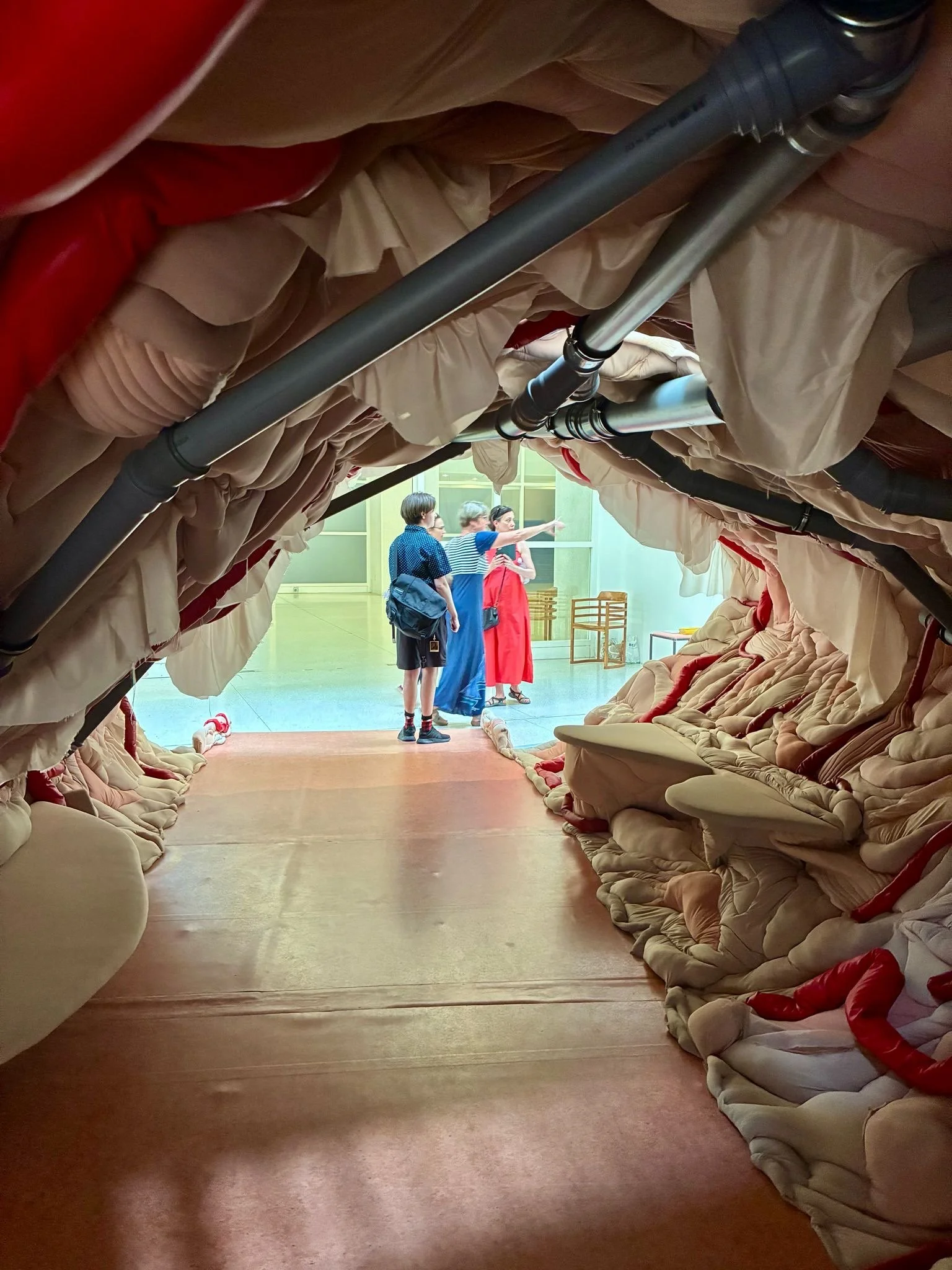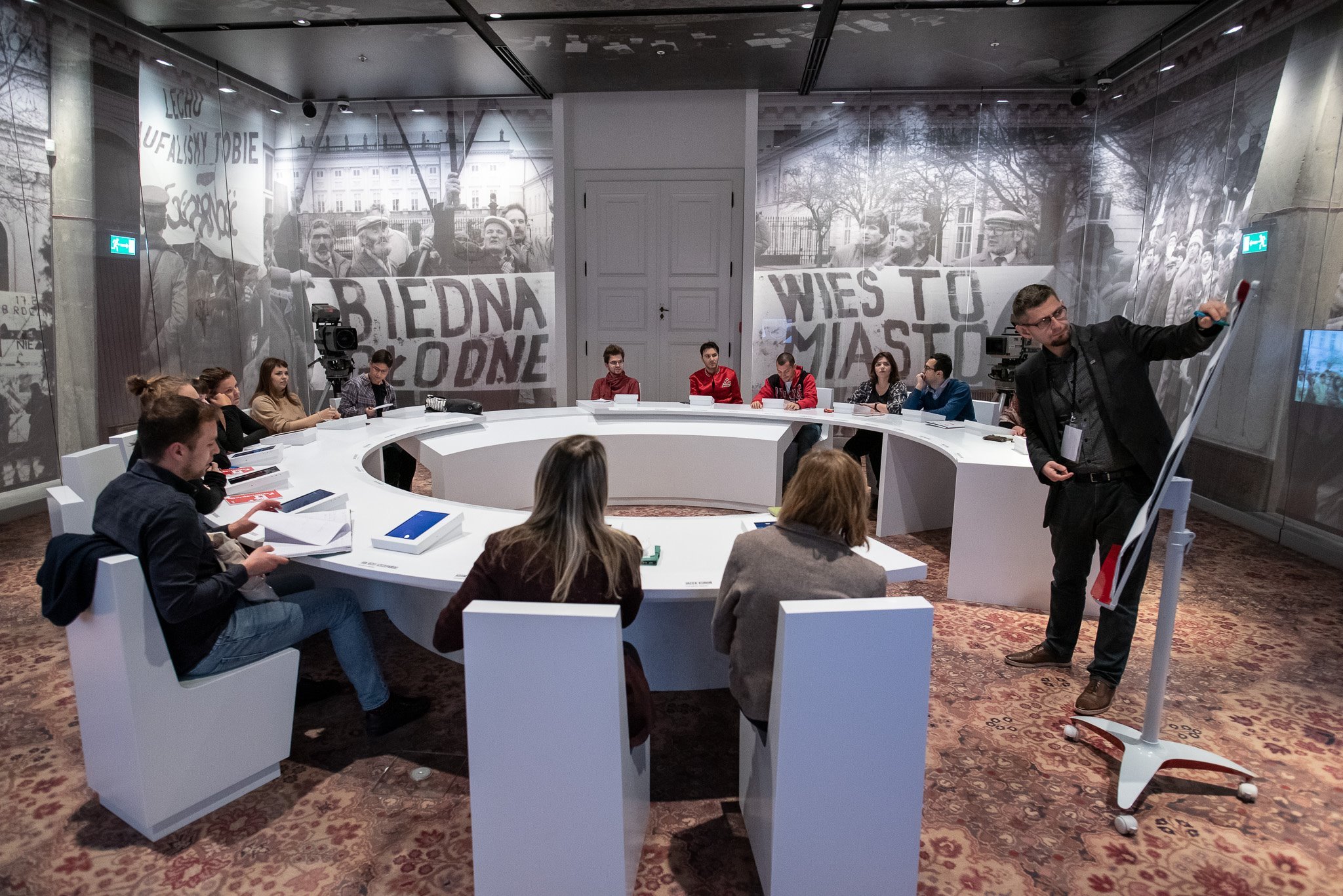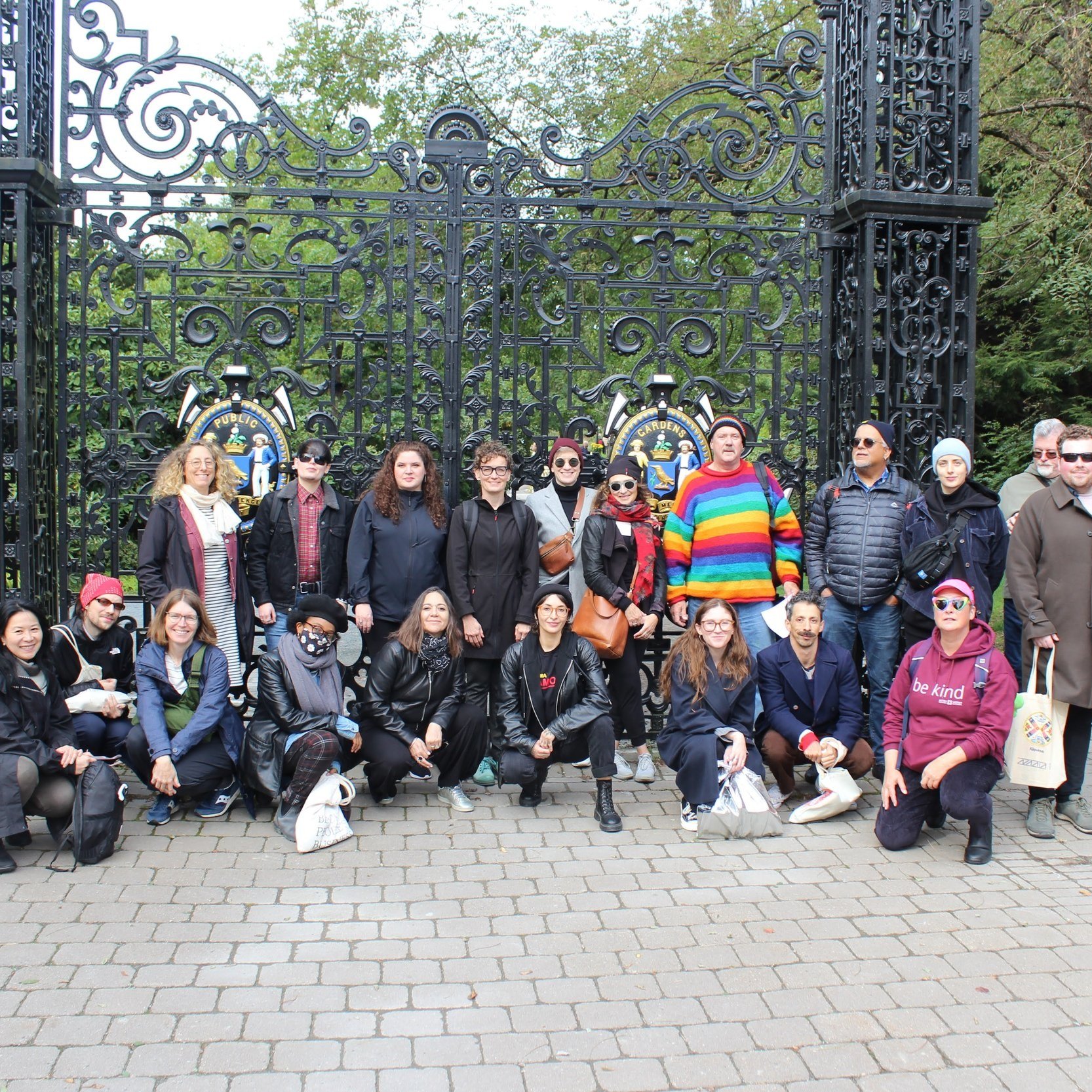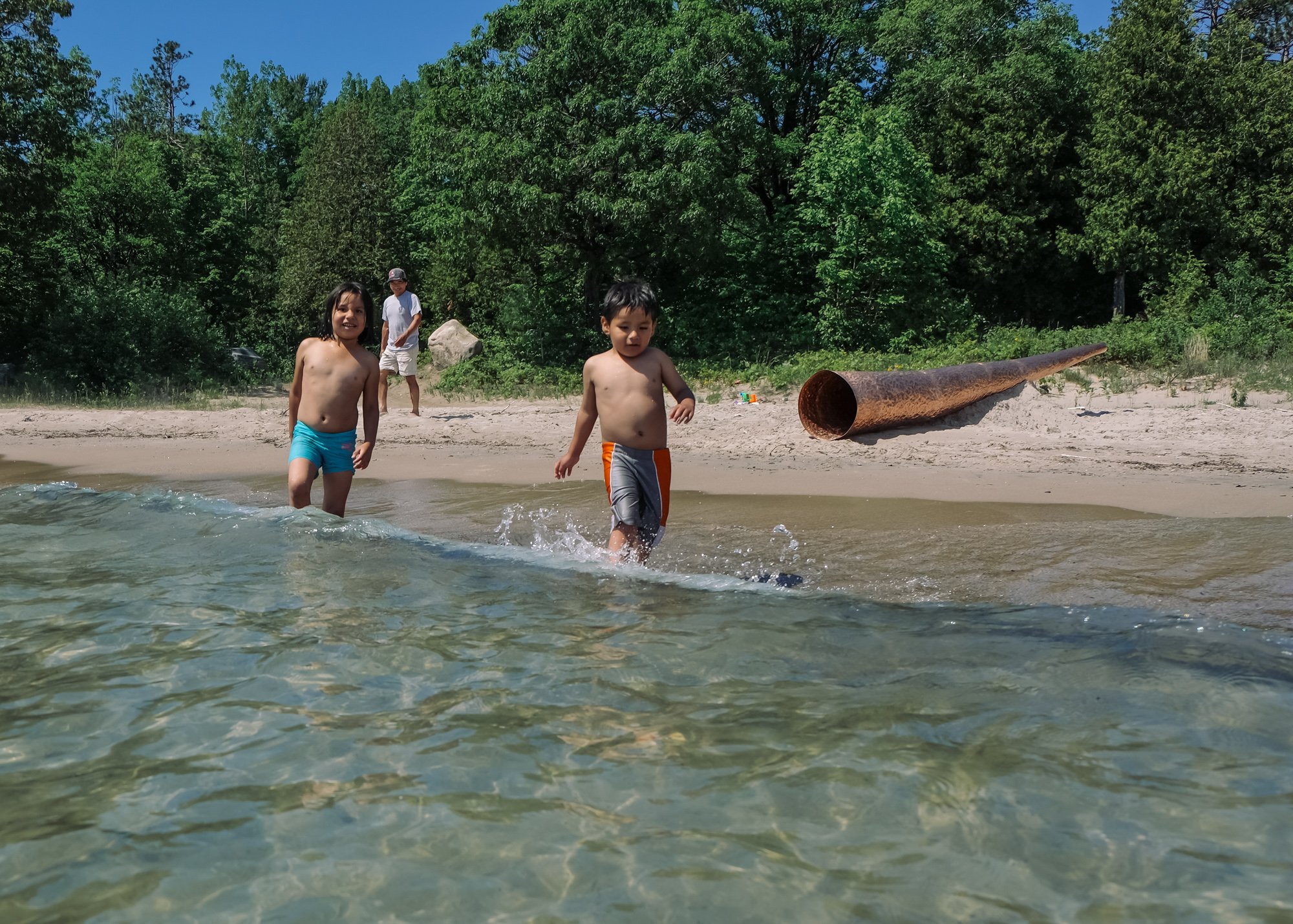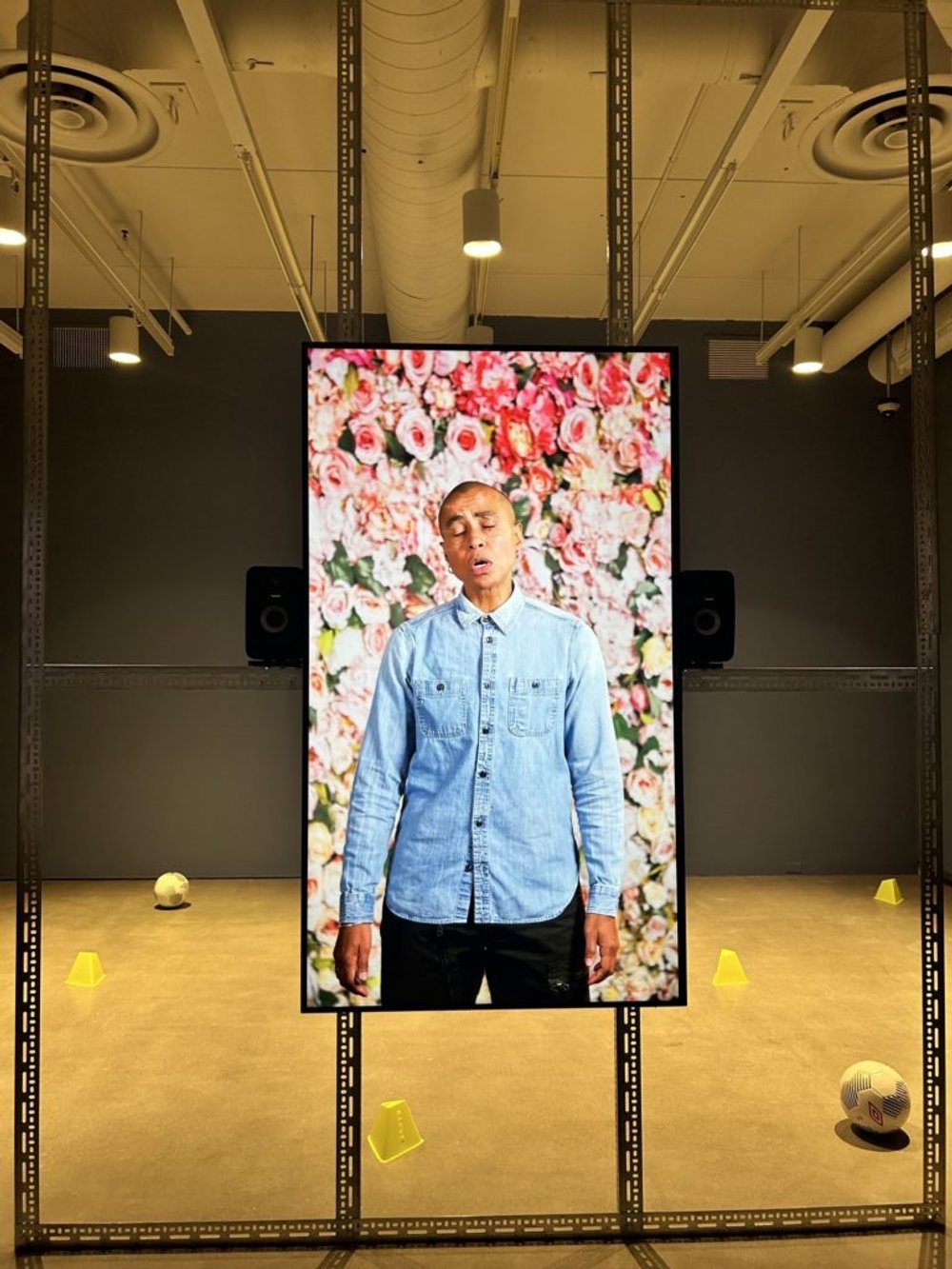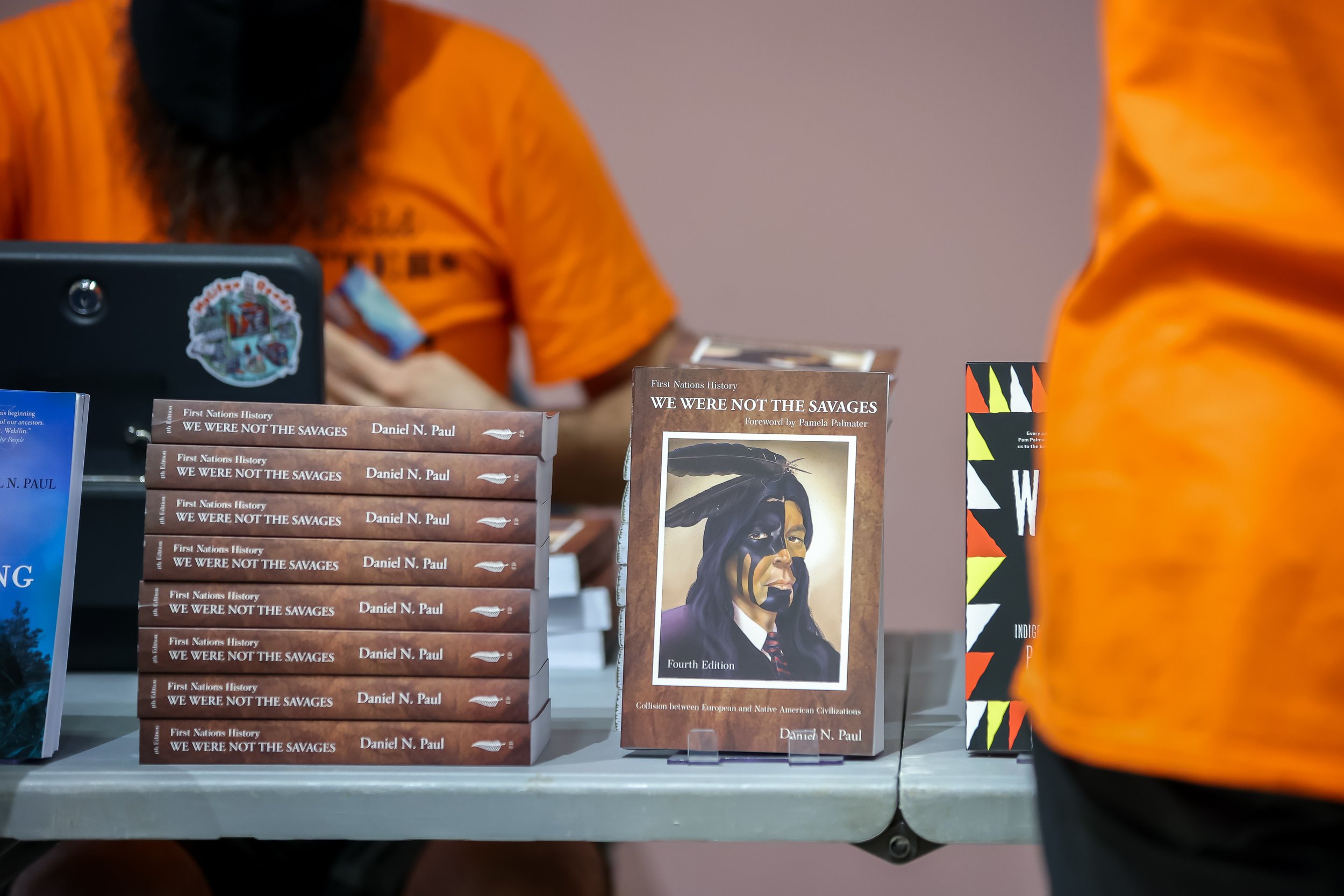A Fresh Idea Struck in Taiwan: Exploring Children’s Museology with Monica Eileen Patterson
BY CHUN-HUI WANG (Affiliate - Children’s Museology Cluster)
January 13, 2025
How can museums better engage with children in ways that are inclusive, respectful, and fun? For the past 10 years, I have explored this question in my capacity as a children’s rights advocate and museum practitioner in various museums in my home country of Taiwan, where children’s participation is just beginning to be recognized as important in some museums.
From 2021 to 2022, I worked as an assistant researcher at the National Taiwan Museum of Fine Arts where I led a project to develop the children’s space in the museum based on the principles of Children’s Museology developed by TTTM member Dr. Monica Eileen Patterson. As she defines it, “children’s museology refers to the production of museum content and programming not just for and about children, but also by and with children in ways that engage them as valued actors and knowledge bearers” (Patterson, 2020).
The National Taiwan Museum of Fine Arts has been pioneering projects and spaces for children since 2005. In 2018, the museum received funding to renovate their facilities to be more child-friendly. In the beginning, the project was led by public servants who had little knowledge about museums or working with children, so they focused mainly on updating the building. When I was invited to join the project in 2021, it was quite discouraging to see that all the settings were still adult-centered.
My main goal was to make the project more child-friendly. Working on a team with other colleagues, we conducted several research studies and divided the project into two spaces: an interactive Art+Play space and a gallery for Educational Exhibitions. The approach we used was participatory and collaborative, reflecting the core values of Children’s Museology. We invited children to be our partners, encouraged them to share their knowledge and experiences, and acted on their recommendations in order to make the institution more engaging to children.
Since then, children have been invited to co-create content for the exhibition and educational playsets. For example, in the Art+Play room, children were encouraged to engage in free play with several prototypes of the playsets. We observed their play behaviors, collected their suggestions, and determined which playsets were workable and which should be adjusted for the next trial. For the Educational Exhibition, we interviewed children at the very beginning of our concept development process. Based on their feedback, we made changes and then invited them to be ‘play experts’ and provide additional input on the proposed exhibition.
This was the first time a museum in Taiwan invited children to participate as collaborators in the design and production process. In 2023, the project was awarded the International Council of Museums (ICOM) Committee for Education and Cultural Action (CECA) Best Practice Award. I was so glad and excited to share the good news with Dr. Patterson, so I reached out to her to introduce myself and my projects. A few months after meeting online to discuss our shared interests and to explore the possibilities for my future graduate study under her supervision, Dr. Patterson told me that she had been invited to deliver a keynote in Taiwan, giving us an opportunity to meet in person. For some time, I had been eagerly looking forward to meeting Dr. Patterson and this wish was about to finally come true!
Posters for Dr. Patterson’s talks.
Dr. Patterson had been invited by Dr. Dai-Rong Wu, Chairperson of the Graduate Institute of Arts and Humanities Education at the Taipei National University of the Arts (TNUA) to deliver a keynote address at the Taoyuan Museum of Fine Arts (TMoFA) for the 2024 International Symposium on Children’s Education in the Art Museum on Designing Exhibitions for Children. This event was held in celebration of the opening of a new Children's Art Center at the museum in the spring of 2024. Additionally, the Kuandu Museum of Fine Arts at the TNUA also invited Dr. Patterson to give a talk on her research with children to museum professionals.
Dr. Patterson reminded people of how amazing children are at the end of her talk at the Kuandu Museum of Fine Arts. Photo by: Chun-Hui Wang.
As a big fan, I attended both of Dr. Patterson's talks and gained valuable insights from each. The first talk, “Learning from Children’s Art and Curation” at the Kuandu Museum of Fine Arts (TNUA) took place on May 29. Dr. Patterson urged the audience to consider how to create more opportunities for children to express themselves on their own terms and not only as learners or imitators of adults. She called on adults to reset their own perceptions and to recognize that they can learn a great deal from children through a serious consideration of their artistic outputs. She argued that when engaging with children, adults should view them as partners—such as co-researchers and co-curators—and genuinely consider their ideas.
Dr. Patterson also shared practical tips for museum and art educators working with children. These included providing a variety of materials and comfortable spaces for children, discussing the content and meaning of their artworks with them, and encouraging more sharing from children. Lastly, Dr. Patterson suggested that adults should strive to empower children by allowing them to choose the ideas and materials they wish to explore. This talk expanded my ideas about working with children, and the benefits of adults allowing children to take the lead when possible.
Dr. Patterson was invited to be the opening keynote speaker at the Taoyuan Children’s Art Center. Photo by: Taoyuan Children’s Art Center.
The second talk was an opening keynote address delivered at the Taoyuan Children’s Art Center, the first children’s art museum in Taiwan focused on modern art. The museum had just opened to the public in April 2024, making Dr. Patterson one of the first international professionals to visit. In her keynote, Dr. Patterson provided an overview of the importance of museums, the significance of children, and the roles children might play in museums. She explained that museums, as institutions dedicated in part to nurturing children, are undergoing a series of paradigm shifts that reflect changing societal perceptions of both museums and of children.
Dr. Patterson emphasized that museum professionals need to adjust their attitudes towards children and explore new ways to collaborate with them. Doing so fits within broader calls in the new paradigm of critical and new museology, and includes several key elements: democratic practices, accessibility, multi-vocality, multi-sensory experiences, inclusivity, shared authority, dialogue, participation, diversity, decolonization, and community engagement. At the end of the session, she offered practical suggestions for working with and for children.






